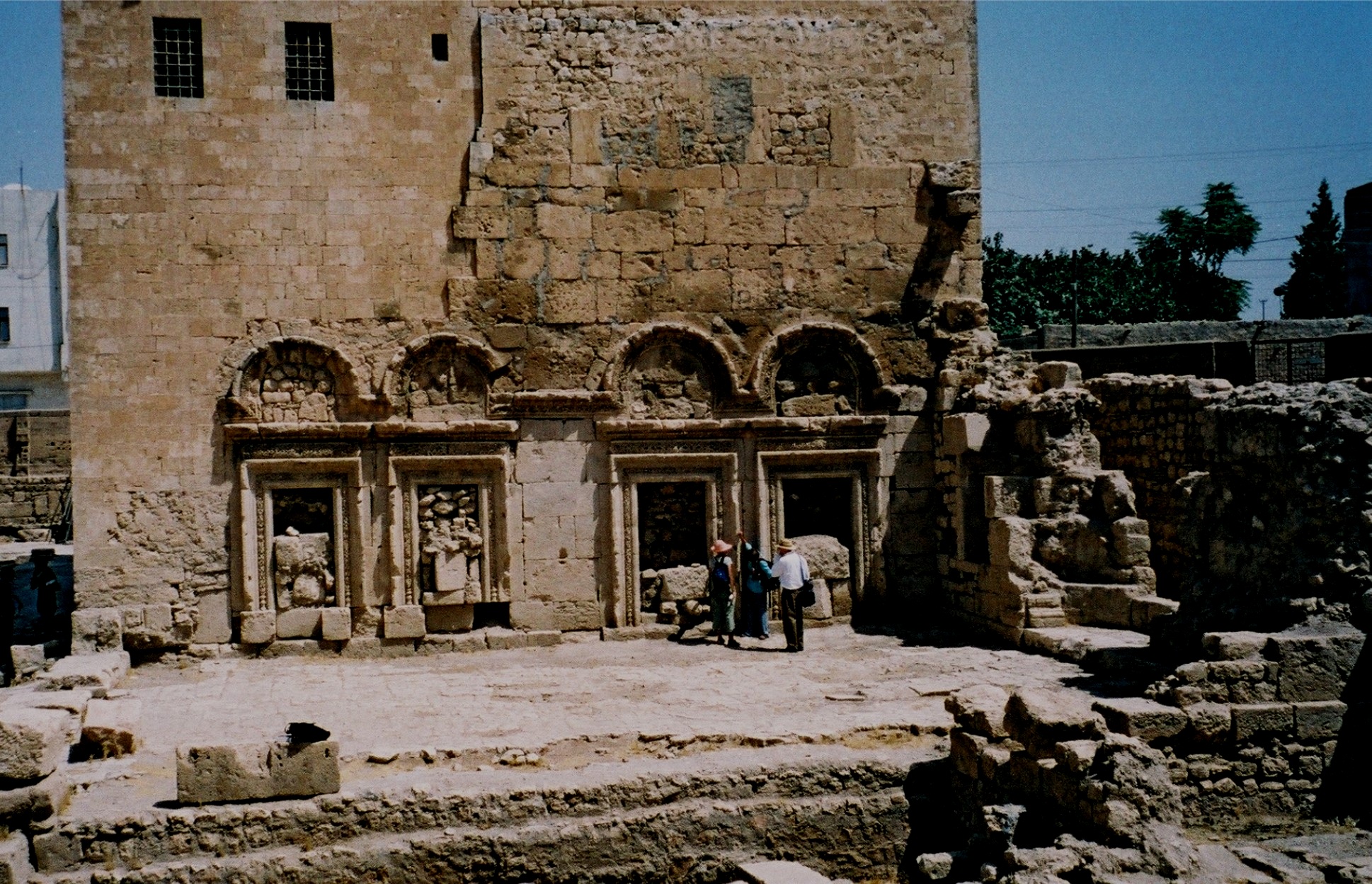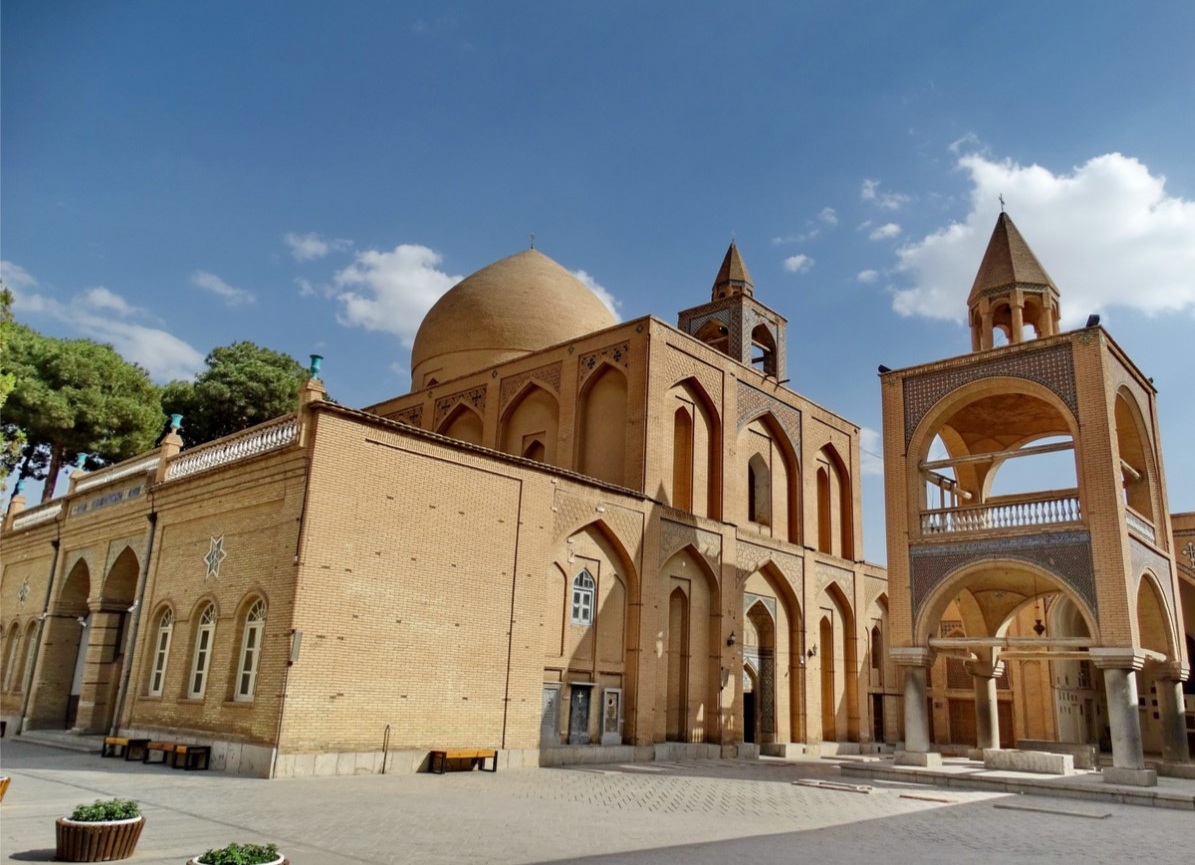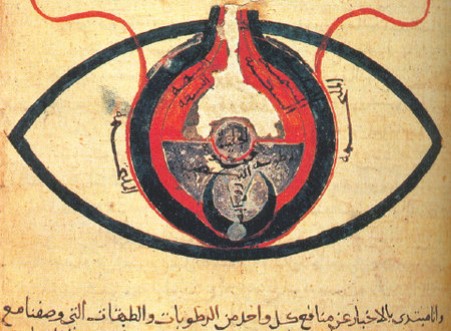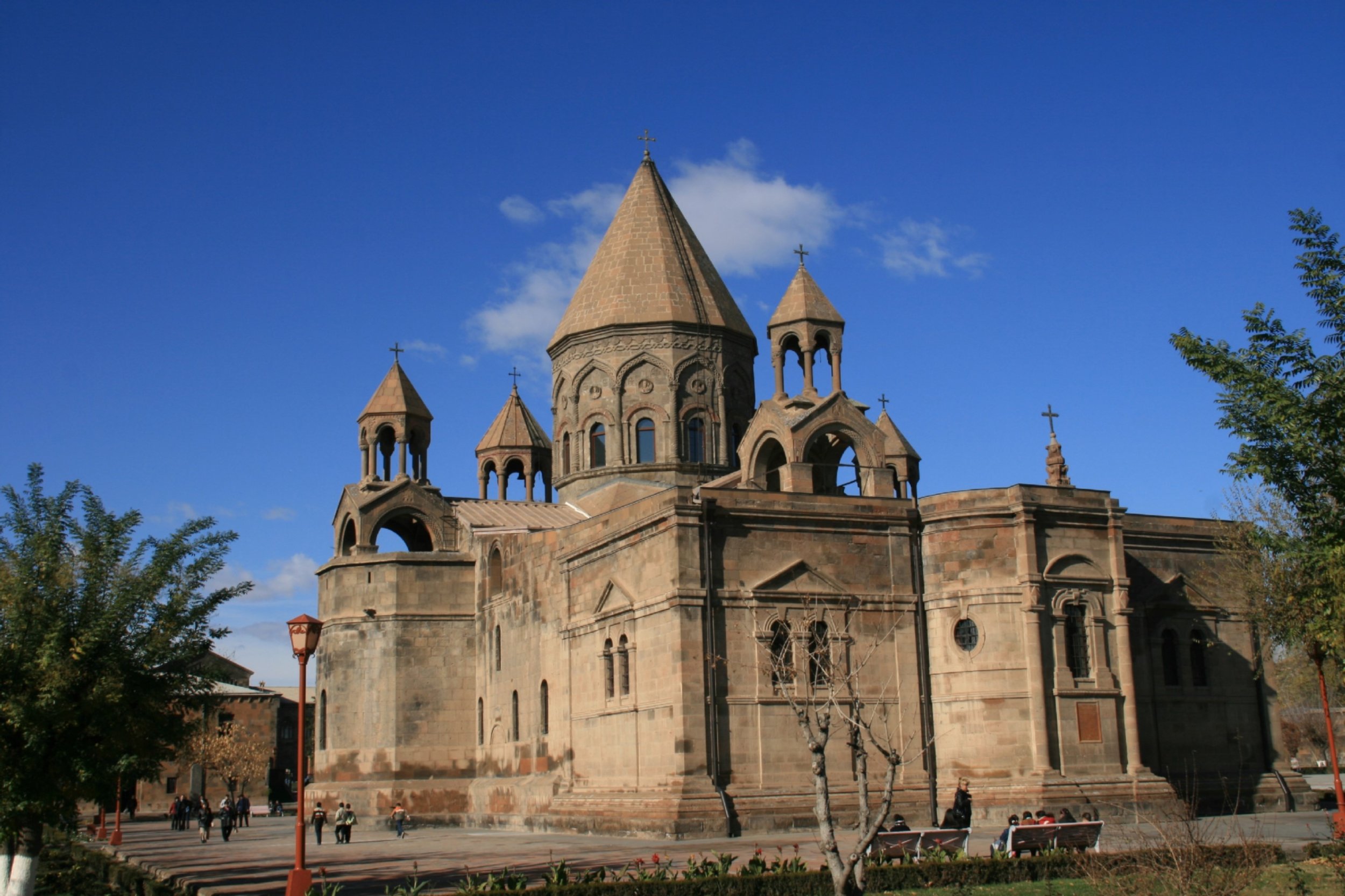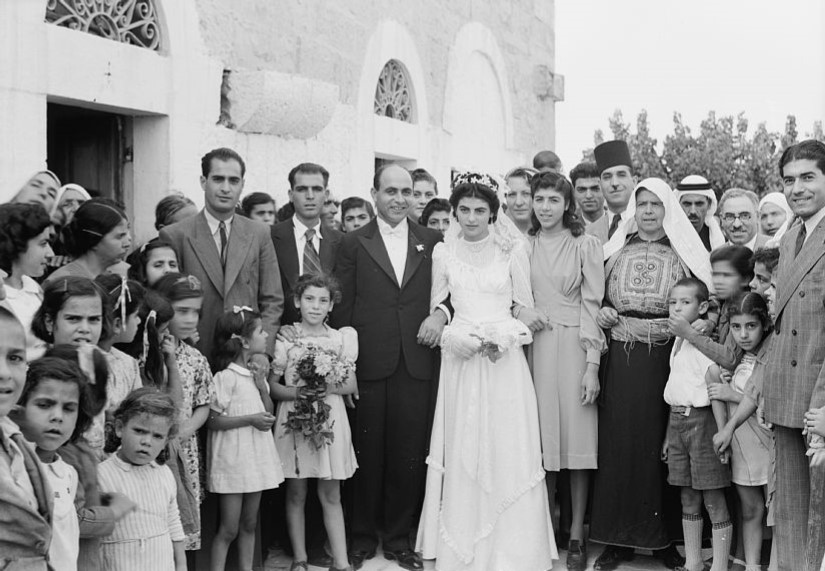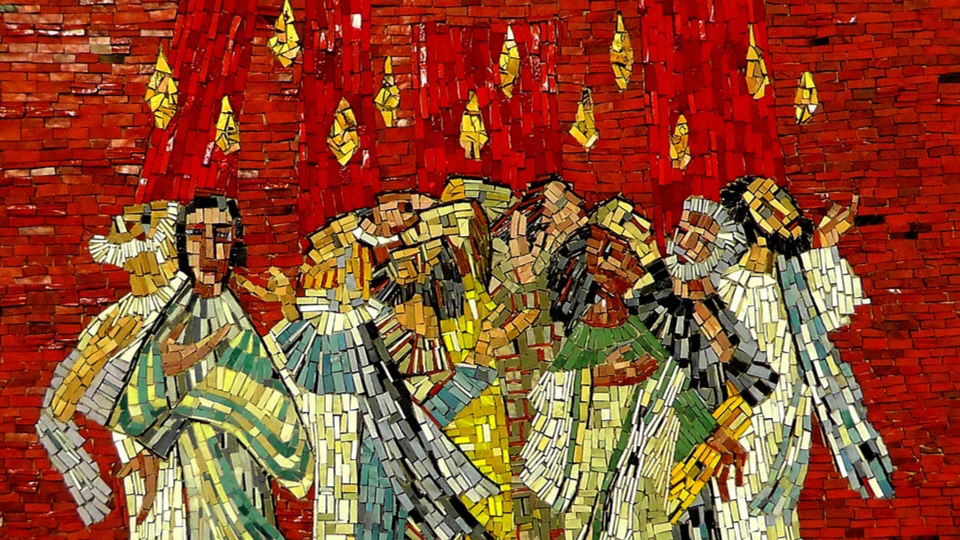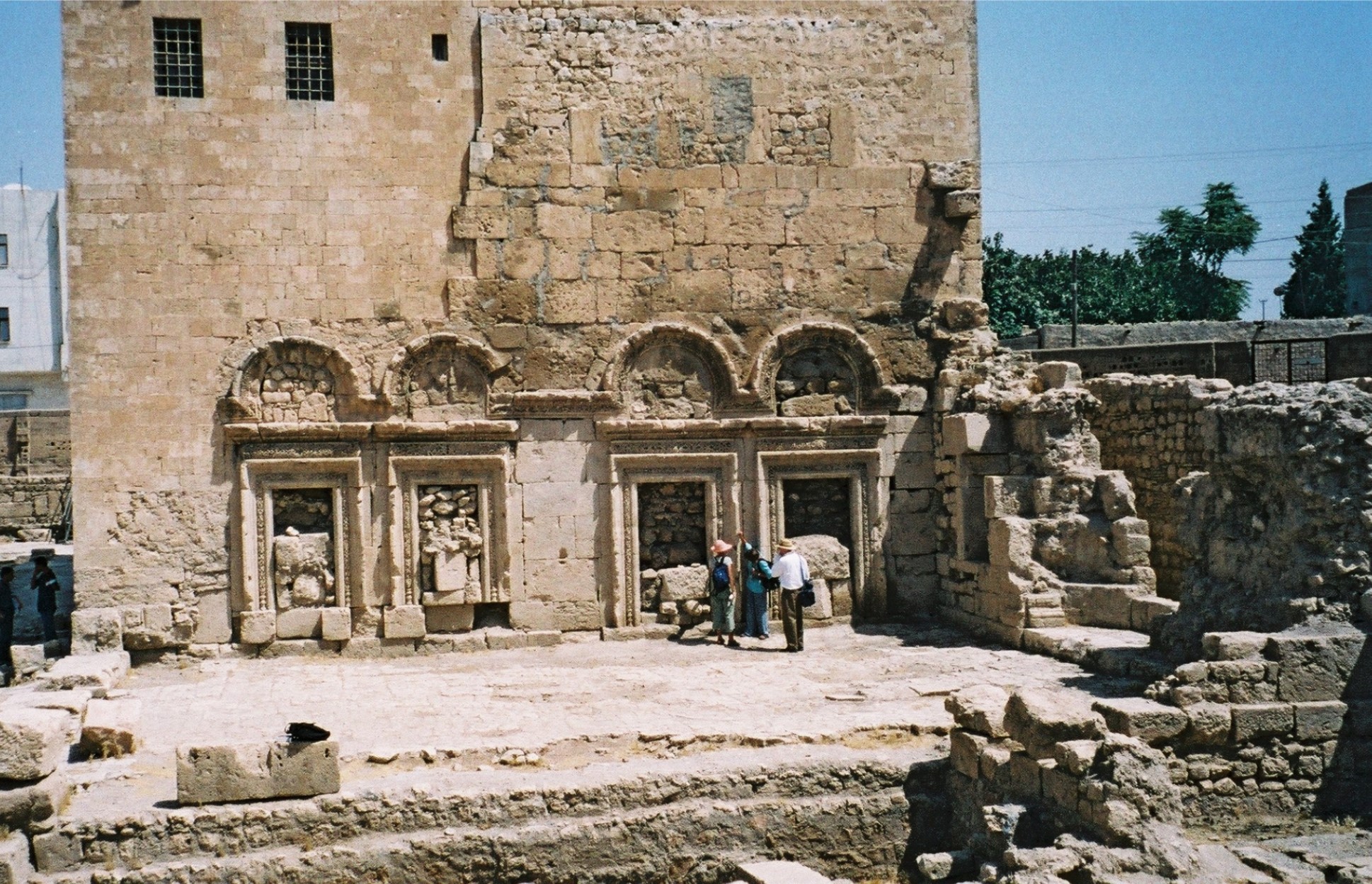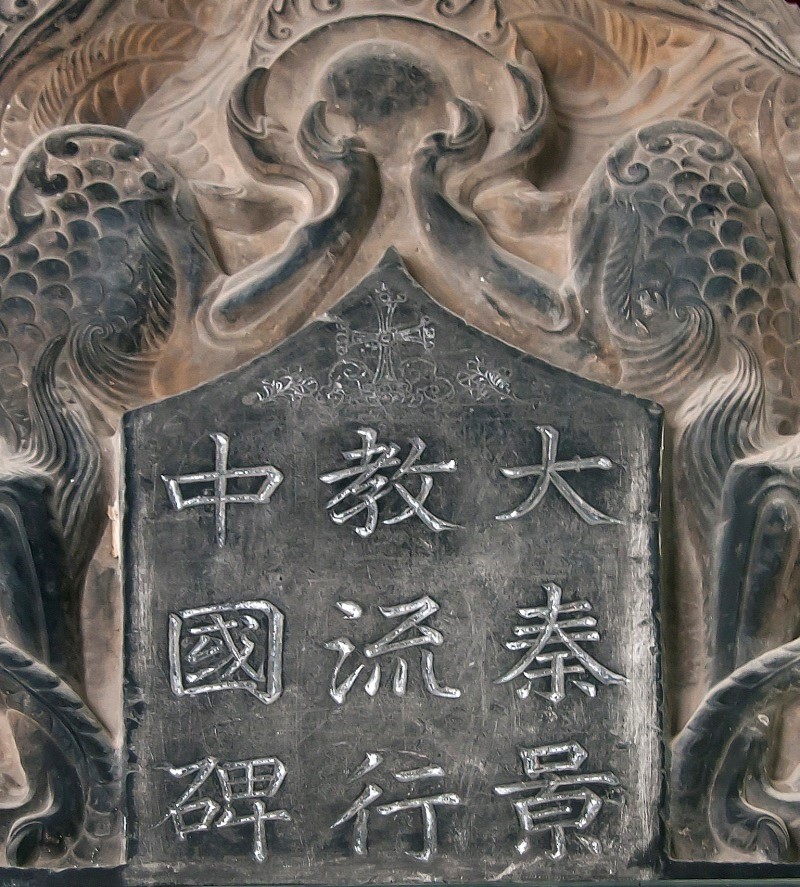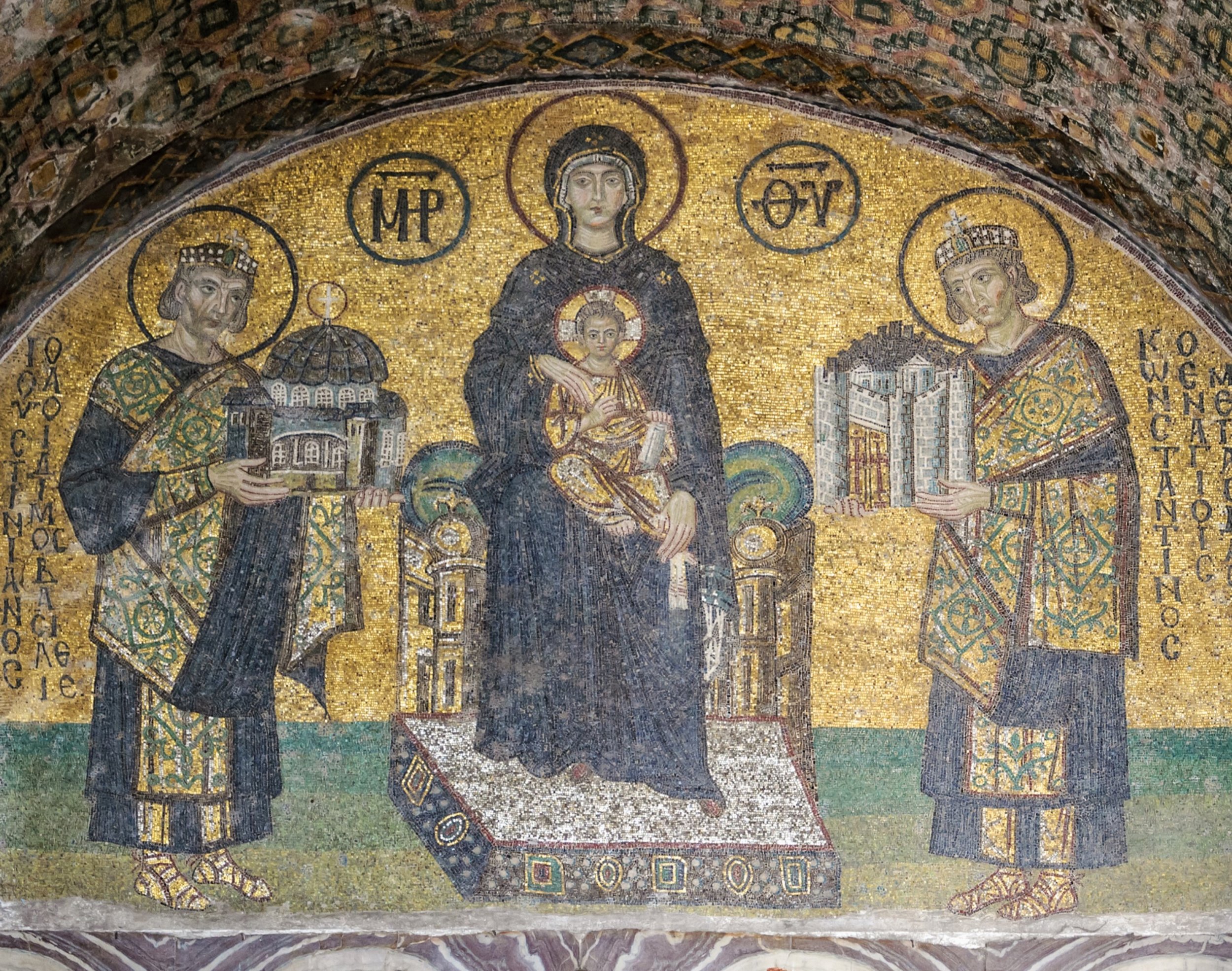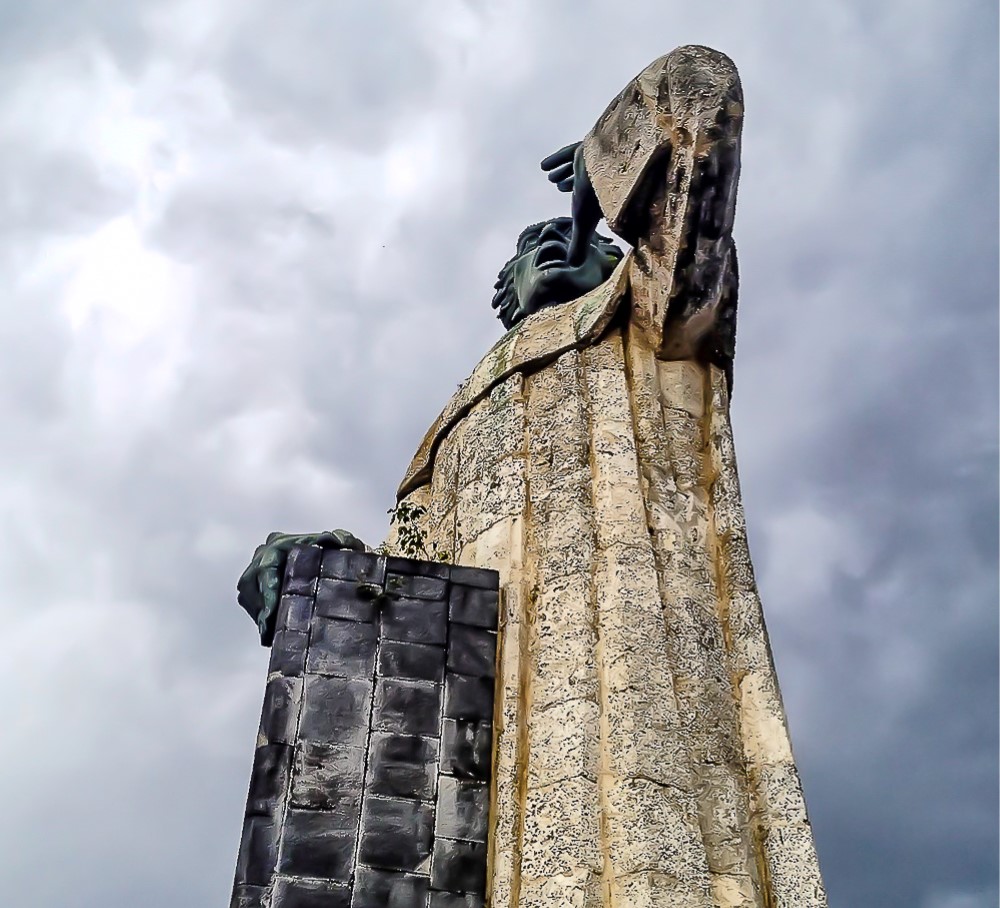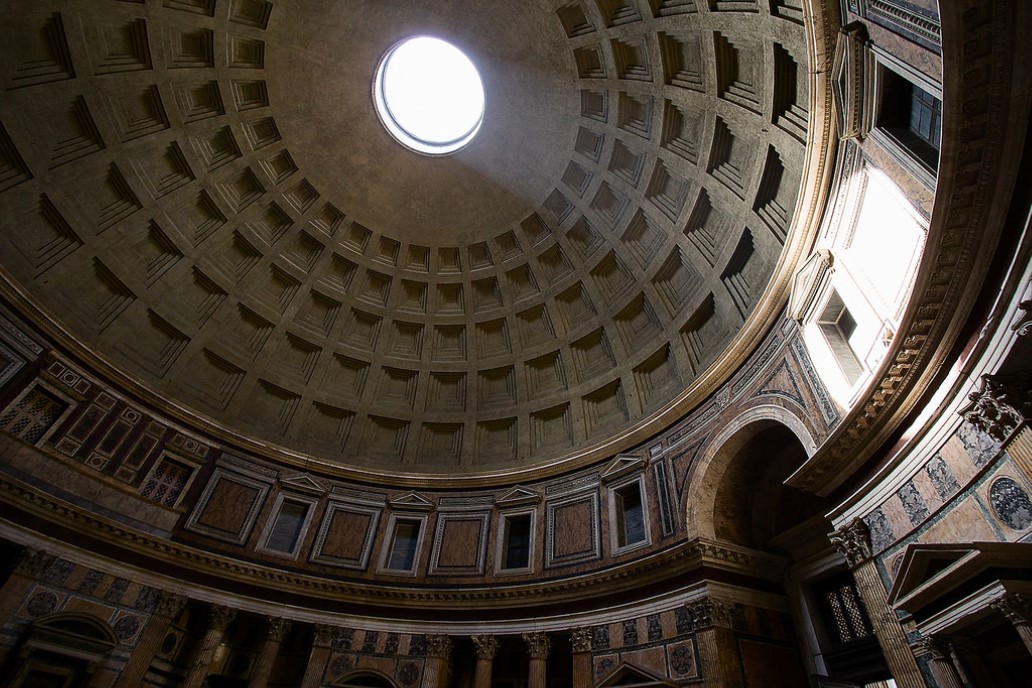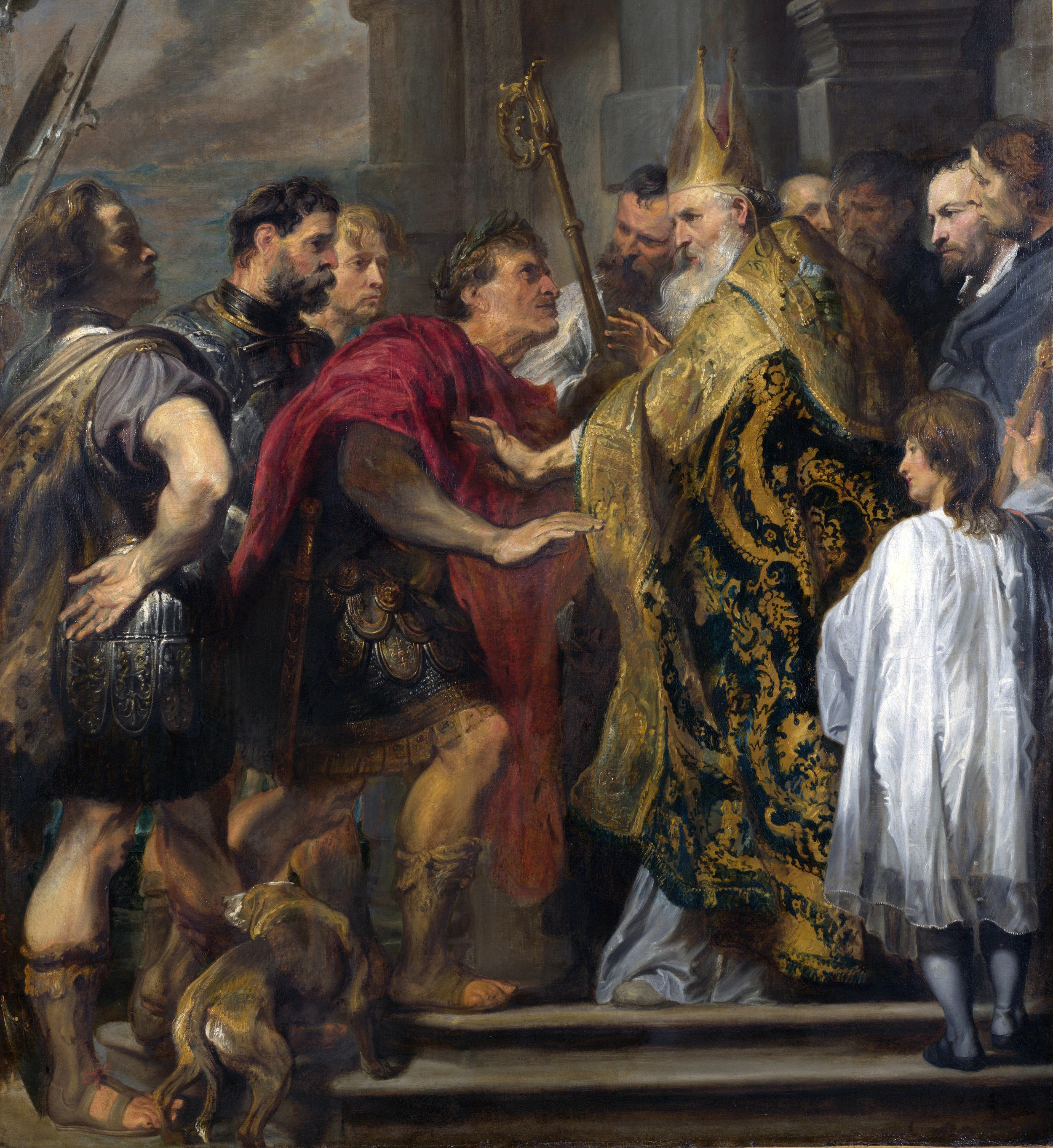The Church in the Middle East
Under the Empires
Photograph: This is the church of Saint Jacob of Nisibis, a Syrian Orthodox church in Nusaybin, Turkey, in Mesopotamia. Photo credit: Gareth Hughes, Wikimedia, Public Domain.
Introduction
Jacob of Nisibis (died c.338 or c.350 AD) was the second bishop of Nisibis, appointed in 309 AD. Jacob organized the building of this church edifice in 313 - 320 AD. He was a signatory to the Council of Nicaea in 325, founded the theological School of Nisibis modeled after the School of Antioch, and taught the great poet-theologian Ephrem the Syrian, among others. The Syrian-speaking church, like her Greek and Latin-speaking counterparts, emphasized Jesus healing human nature as atonement. Starting in 337 AD, the Persian Empire expelled Christians from its border region with the Roman Empire, out of fears that the Christians would side with the Christian Roman Emperors. Ephrem the Syrian re-established the School in Edessa, where it operated from 363 - 489 AD, though it fell under Nestorian leadership. When Byzantine Roman Emperor Zeno ordered it closed in 489 AD, Nestorians re-established the School at Nisibis for a time. They fled persecution by the Byzantine Christians by resettling at Gondishapur, in the Persian Empire, now present day Iran. They established the Academy of Gondishapur, and taught theology, philosophy, medicine, and science. Gondishapur became the intellectual center of the Sassanid Persian Empire, and drew scholars from India and China.
The selection of perspectives on church history in this section — Church and Empire — has been guided by three factors: (1) to demonstrate that Christianity has not been a “white man’s religion”; (2) the study of empire as a recurring motif in Scripture by recent biblical studies scholars; and (3) explorations of biblical Christian ethics on issues of power and polity, to understand how Christians were faithful to Christ or not. Christian relational ethics continues a Christian theological anthropology that began with reflection on the human nature of Jesus, and the human experience of biblical Israel.
The Church in the Middle East: Topics:
This section explores the experience and activities of Christians under various regimes in the Middle East: Persian, Arab, Turkish, and the State of Israel.
Church and Empire: Topics:
This page is part of our section on Church and Empire. These resources begin with a biblical exposition of Empire in Church and Empire and the meaning of Pentecost in Pentecost as Paradigm for Christianity and Cultures, then grouped by region: Middle East, Asia, Africa, Europe, Americas, then Nation-State, with special attention given to The Shoah of Nazi Germany.
